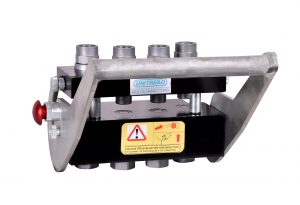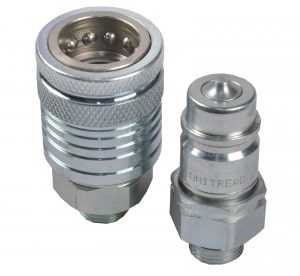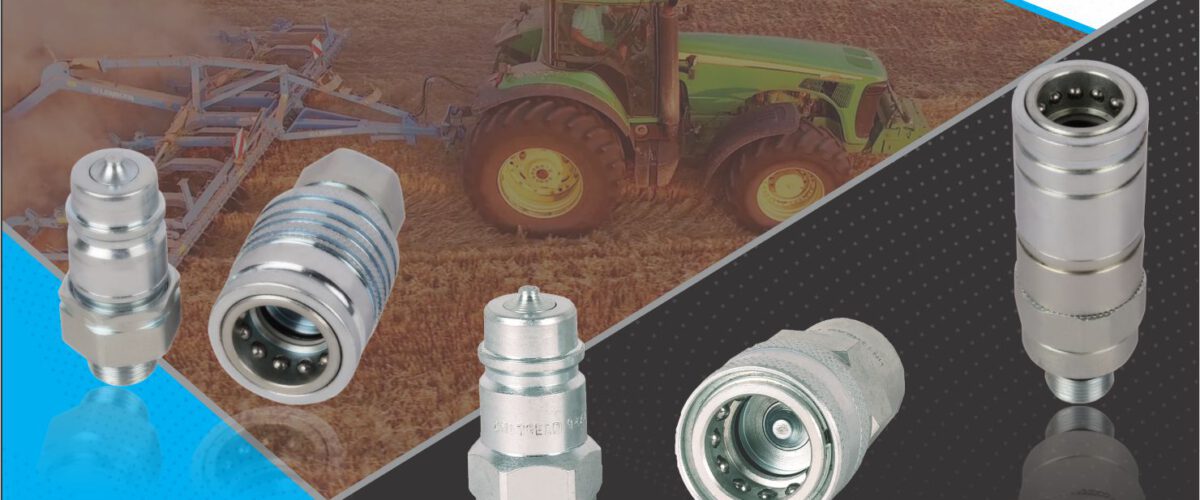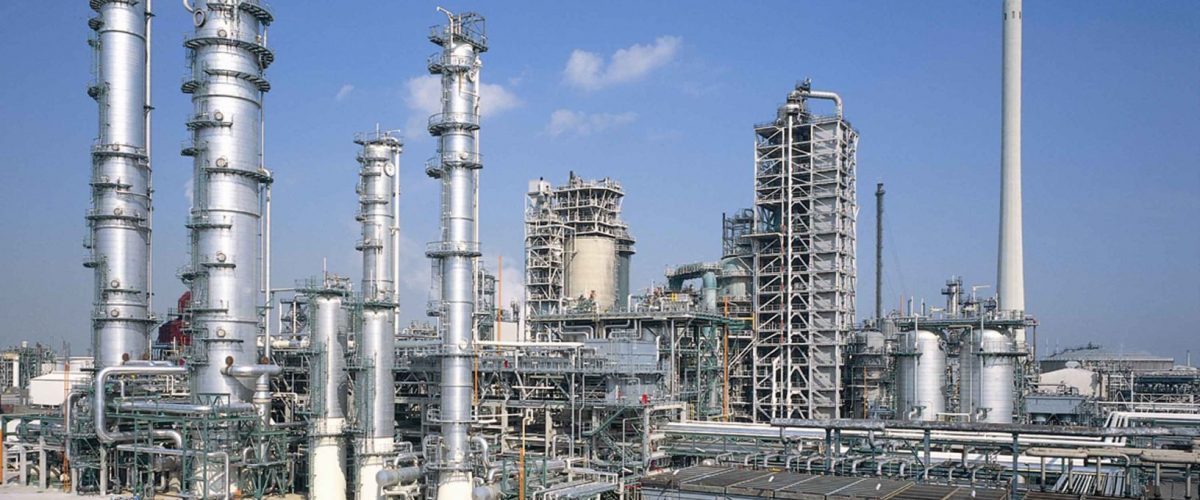 Quick release coupling (quick connect-disconnect coupling), is a mechanical device,that provides a fast, convenient way to repeatedly connect and disconnect any fluid line.
Quick release coupling (quick connect-disconnect coupling), is a mechanical device,that provides a fast, convenient way to repeatedly connect and disconnect any fluid line.
Quick couplings are found everywhere today. In distribution systems of air, water, steam, hydraulic fluids, vaccum, oil, grease, paint, liquid food – in fact almost anything that flows through a hose or tube. If a hose or tube in a fluid power system will be connected or disconnected more frequently than once a week, then chances are a quick acting coupling will pay for itself rapidly by improving productivity and saving on the fluid lost.

Although simple in concept, many quick couplings are precisely engineered for specific applications. Their widespread use over the years has led to a variety of designs to serve not only specific, but general industrial applications as well. Therefore it may lead to an uncertainity, as to what design suits best for a given application. The more one understands the design, construction and principles of operation, the more valuable they become in solving fluid line problems. They also become critical as machine productivity increases.
On a hydraulic test stand, quick couplings eliminate bottlenecks by slashing the time required to test each assembly. Just a quick push/pull, and the assembly is ready to test. In contrast, testing time would skyrocket if technicians had to tap into the system using fittings and a wrench for each test procedure.
Valve arrangements:
Among the many designs available on quick couplings, either of the two types are used for an application.
Unvalved types have the advantage of least pressure drop through the coupling, but makes no provision to prevent the fluid escaping once disconnected.If for the given application, the pressure drop must be held to minimum and fluid loss / draining is acceptable, then this type can be the first choice.
Obviously,a coupling that does not leak when disconnected would be preferred for all applications – all other factor being equal. Incorporating a shutoff valve on both halves the coupling allows fluid to flow through the coupling only, when both halves are connected. When the coupling is disconnected, a mechanical link between both coupling halves are broken and causes the valves to close, thus blocking the escape of fluid from both ends.
In hydraulic applications, both coupling halves are valved. This minimizes the leakage, but also limits the amount of air, dirt and water and other contamination entering the system. When a coupling is disconnected, a small quantity of air can enter the system. If this minimal quantity of air inclusion cannot be tolerated by the system, then they need to be addressed with a different system. Many manufacturers offer FLAT FACED couplings to meet this challenge. This reduces the fluid spillage to a drop or less. Further more mating surfaces of both parts are flush when disconnected. This minimizes air ingression and wiping the mating surfaces clean is possible, thus avoiding dirt and other impurities flowing into the system.
Valve designs :
When the valve design offers the convenience of controlled or limited loss of fluid, there are tradeoffs.First , the valved coupling can generate a significantly higher pressure drop. The amount of this depends on the coupling design and size. Pressure drop can be reduced somewhat by oversizing the coupling. There could be variation of pressure drop between manufacturers based on their design. If pressure drop is a critical concern, please refer to the manufacturer for appropriate data and solution.
Other draw backs to valved coupling include larger size and higher cost. The coupling designed for lower pressure drop, no fluid loss and no no air entrapment, carry a higher cost. But the rice differential is easily offset by higher productivity, fluid saved and more clean and reliable system working.






